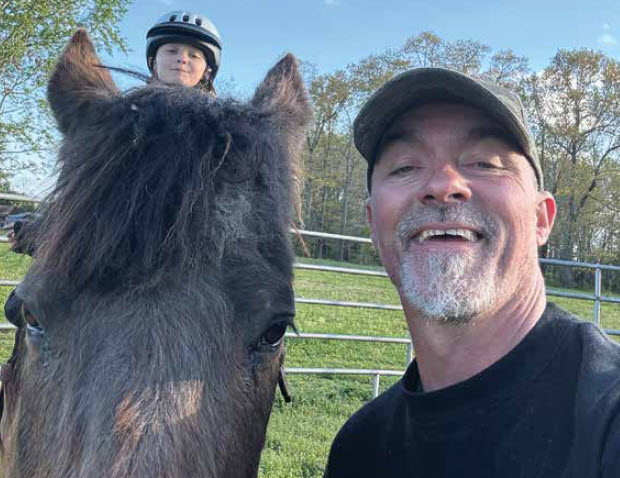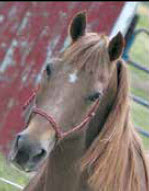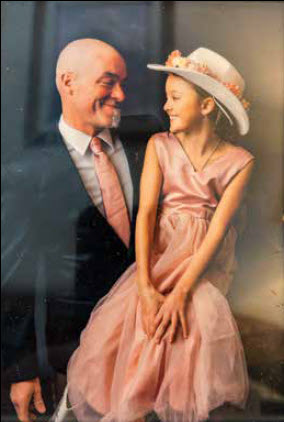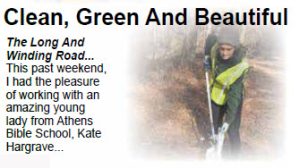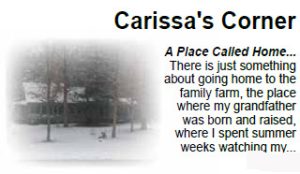Whether biological or not, we can hold a particular person in our hearts with great honor and respect. Our son, Michael, is one of these individuals. In the midst of opportunities, a specific time was set aside to visit, bringing much joy with him, his daughter, and our granddaughter, Emma.
Within one full year there is one twenty-four hour time frame referred to as “birthday.” This is a time of entrance on earth (birth), a time of remembering, a time of celebration…a time of gratitude that has the potential of catapulting one into the realm of amazing thankfulness. There is no price tag that can be attached to a hug, a smile, or being face-to-face. Those moments are priceless! Out of Emma’s interest in skincare came the best facial ever! “Grandma, you are glowing!” In spite of the fact Emma uses good products, not that entire glow came from a bottle. And Michael! One of the kindest people I have ever met in my life. Not because I am his mother, but because of his choices to be the man he has become — loving, forgiving, and kind.
Emma got to see hoof trimming for the first time, helped get some of the winter coat off the gelding before she rode, and learned two ground games. What a TIME in the arena of life. Now look at TIMING in the horse arena.
No matter what some may say to you, jokingly or not, horses actually learn quickly. Understanding a horse’s learning process is simple and will help you connect with your horse. First, let’s consider horses in the wild. In the wild, they learn to read the surroundings and react in ways that will save their lives. They must learn if a sound or an object is dangerous to the herd (Yes! They look after each other) or safe to ignore. Here’s an example: Horses will run with all their might from a hungry lion; however, they will graze peacefully in a meadow while a nearby, tummy-filled lion is resting. If horses didn’t learn quickly, they would be in a constant state of fight or flight. Instead, they read situations in a moment and immediately know how to respond.
In the same, quick-learning process of the horse, let’s transition from the wild to the domesticated horse, a horse under saddle. The horse is aware of the rein, the bit, and body cues from the rider, and knows if there is a benefit (release) to responding immediately. The cue is referred to as pressure, which then must be immediately released (no pressure) when the horse does what was asked. Horses seek the release. Responding to the cue means that the horse should feel a release from the bit or leg pressure.
Have you ever heard someone comment about a horse having a hard mouth? In reality, there is no such thing. The mouth of the horse remains soft and tender. It’s the horse’s mind that has become dull and hardened. How? There’s no release from pressure from the bit while being ridden, time after time after time. Be mindful not to use the reins to help you with your balance. Breathe, find your core (if you don’t know about your core, ask someone who does) and remind yourself to relax your seat muscles. Move one step at a time, one pace at a time, one cue (pressure) at a time, and one immediate release (no pressure) at a time, letting your horse know, “Right answer.”
If it seems you are not getting the answer you are looking for from your horse or it’s taking longer than you want for your horse to learn a new skill, pause and think through what the horse is doing instead of
what you want. The way he is acting is the way he feels safe and at ease. Your horse may teach you that you need to try a new cue or improve your timing of the release.
Timing is a rhythm. The drumbeat of this timing, this rhythm, is the sound of freedom. REMEMBER: “He has made all things beautiful in its time.”
Your “NEIGH” bor
Deb Kitchenmaster


